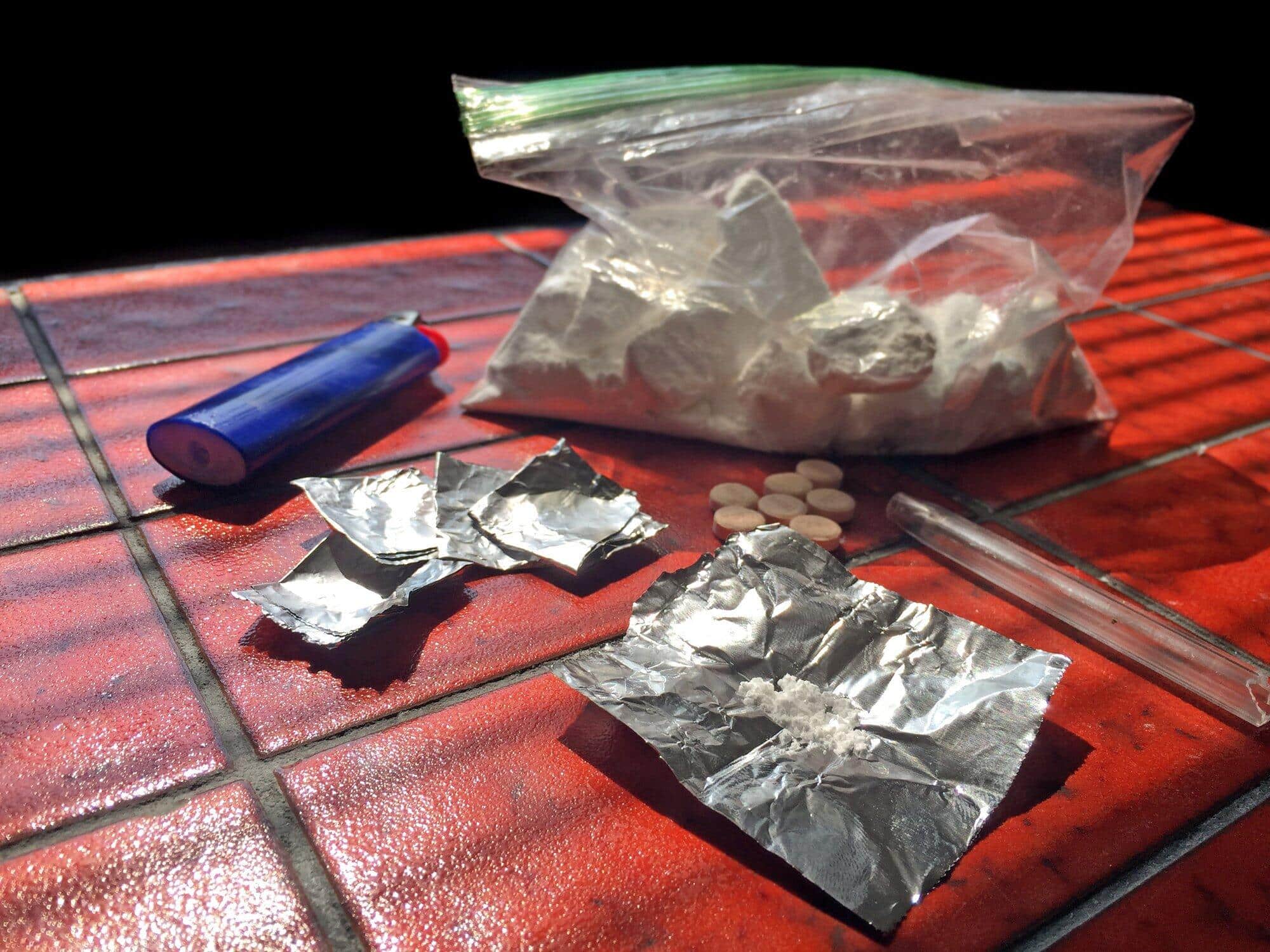Starting in 2021, drug overdose deaths in the United States topped 100,000. Increased overdoses from opioids, including powerful ones like fentanyl, have played a major part in this unfortunate spike. In fact, they are now the leading cause of accidental death in the country, after surpassing vehicle crashes several years ago.
Fentanyl addiction is a serious issue and recovery requires special interventions and treatment. Withdrawal from fentanyl can be severe, increasing the chances of relapse.
How long is fentanyl in your system? That is a difficult question to answer because it depends on many different factors.
The good news is that, once you understand what those variables are, you can know what to expect in recovery. Keep reading to learn more about how long fentanyl stays in your body and what recovery options are available to you.
What Is Fentanyl?
Fentanyl is a synthetic opioid, meaning it is manufactured in a laboratory (as opposed to coming from natural sources, like opium). It is 100 times more potent than morphine and 50 times stronger than heroin, making it one of the most dangerous drugs in existence.
Fentanyl was first developed in 1959 and became a popular anesthetic. Fentanyl is still legally manufactured in the United States and used for various analgesic purposes. Common prescription uses include treating pain following surgery and chronic pain relief associated with serious diseases, such as cancer.
Most legal fentanyl comes in either lozenge or tablet form, although there are also nasal sprays and transdermal patches. Illicitly manufactured fentanyl is often a powder or in tablet form. Besides being taken orally, fentanyl can also be injected, sniffed, smoked, or infused in blotter paper.
What Are the Effects of Taking Fentanyl?
Fentanyl works by binding to the body’s opioid receptors. These are located in the area of the brain that controls pain and emotions. Fentanyl causes the production of neurotransmitters, such as dopamine and serotonin, that are associated with positive feelings.
Like other opioids, this causes feelings of relaxation, euphoria, sedation, and drowsiness. Even when used as a prescription, other fentanyl side effects can include confusion, dizziness, drowsiness, nausea, and vomiting.
Taking too much fentanyl can lead to serious problems. These include respiratory depression and arrest. This can result in unconsciousness, coma, and death.
Also, with repeated use, the reward center in the brain starts to rely on fentanyl to achieve these good feelings. This, in turn, diminishes the ability of the body to produce neurotransmitters. In short, it becomes more difficult to derive pleasure from everyday activities.
It is easy to see how this leads to addiction: the body craves the synthetic production of neurotransmitters from fentanyl. And when no fentanyl is present–such as during detox–the body reacts negatively.
Besides cravings for the drug, common symptoms include irritability, nausea, tremors, and disturbed sleep. Some people experience hallucinations and extreme depression as well, which can make recovery that much more difficult.
What Are the Particular Dangers of Illegal Fentanyl?
Illicit fentanyl is especially dangerous because of its potency. This makes it much easier to take more than the body can handle. In even moderate doses, fentanyl can stop breathing completely.
As with all illegal substances, another danger of street fentanyl is that you can never be certain what you are getting. Mixed with other drugs like heroin or cocaine increases the already serious dangers of fentanyl, including the risk of overdose.
How Long Is Fentanyl in Your System?
When attempting to answer “How long is fentanyl in your system?” it is important to distinguish between how long the chemical stays in the body and withdrawal symptoms. The latter–including cravings–can last for weeks or even months after the drug has vacated the body. In most cases, these diminish over time, although recovery can be a lifelong endeavor.
There are several things to consider when looking at how long fentanyl remains in the body. Here are the main issues at play.
Fentanyl Half-Life
How long any drug stays in the body is measured by “half-life.” This is how long it takes for the amount of active substance to reduce by half. The half-life of fentanyl is between three and seven hours.
Dose and Duration of Use
The size of the dose can have a lot to do with how long fentanyl remains in the body, as can how long the person has been using it. In general, larger doses will take longer to clear out of the body. Also, someone who has been taking fentanyl regularly for several weeks or longer can expect it to remain in their system longer.
How It Was Administered
The method of taking fentanyl can impact how long it stays in the body as well. For instance, intravenous use means it acts faster, and the body has the opportunity to vacate it soon. This is followed by sniffing or snorting it, inhaling vapors, and then finally ingesting it.
Interactions With Other Drugs
The presence of other drugs can impact how long fentanyl lingers in the system. Specifically, other illicit drugs that compound the effects of fentanyl are likely to make it harder for the body to rid itself of the chemicals.
Age
In general, fentanyl will take longer to clear from an older person’s system than a younger one’s. This relates to metabolism and other factors, such as more robust physiological functions that can clear foreign substances faster.
Body Mass
People with a higher body mass may be more likely to retain fentanyl longer than individuals with less body fat. That is because fentanyl is redistributed to fat tissue.
Overall Health
Individual health can have a lot to do with how long fentanyl stays in the body. A relatively healthy person will be able to rid the drug from their system much faster than someone who has certain health issues. For instance, liver problems can slow down the metabolization of fentanyl.
Genetics
Finally, genetics can play a role in how quickly fentanyl leaves the body. For example, CYP3A4 is the main enzyme responsible for metabolizing fentanyl. People with poor enzyme function may have more difficulty ridding the body of the substance.
Test Detection Times
Note that most basic employee drug tests do not screen for opioids, including fentanyl. These warrant special tests. However, it can be useful to know how long fentanyl will show up in different bodily fluids.
Urine Tests
Fentanyl is detectable in urine about two or three hours after use. It can continue to show up on urine screens anywhere from one to three days following the last use. This is true even if you have only taken fentanyl one time.
Blood Tests
While blood testing for fentanyl is rare, the drug is detectable in the blood. The method someone used to take fentanyl can affect these windows, but in general, it will show up in the blood anywhere from one to four days following the last use.
Hair Tests
Hair tests have the longest window following fentanyl use before the substance shows up. In most cases, it will not be detectable for at least several days after a single use.
At the same time, hair testing has the longest duration in which it can show the presence of fentanyl. Some hair tests will detect fentanyl for up to 90 days after final use.
Saliva Tests
Saliva tests are unreliable for detecting the presence of opioids. While they can show up for about 24 hours after last use, there is little chance of detection outside that window. For this reason, saliva tests are rarely used to screen for the presence of fentanyl.
Addiction Treatment for Fentanyl
Most addiction treatment plans for fentanyl start with detox. This can last for anywhere from a few days to several weeks or more. The requisite time depends on the severity of the addiction and how long the individual has been using.
Quality treatment programs almost always include cognitive behavioral and group therapy options. These help address the underlying causes of addiction and provide support for staying sober.
Most recovery programs offer the option of in- and out-patient care. Out-patient care allows you to continue your daily life and responsibilities, including work. These positive aspects of your life can aid in recovery.
However, out-patient care has a greater opportunity for relapse. In-patient care allows you to remove all external temptations and distractions, and lets you focus entirely on recovery. It offers the greatest chance of success in combatting serious opioid addiction.
Find Drug Abuse Treatment and Recovery Services Near You
Now that you have some answers to “How long is fentanyl in your system?” you can have a better idea of what to expect in recovery. A quality treatment program can further assist you in navigating withdrawal symptoms, including cravings, from fentanyl or other substances.
At Purpose Healing Center, we have programs available at both our Scottsdale and Phoenix campuses. Our goal is to provide comprehensive yet customized addiction support plans for each person. Reach out to us today to learn more about the program or to schedule treatment for fentanyl or other types of addiction.



